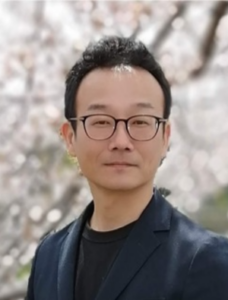
IRDA, Kumamoto University
During the reproductive lifespan, testes and ovaries (see above) show dynamic spatio-temporal changes, but the complex interplay of germ cells and somatic cells makes it difficult to study individual gene expression. We have developed a technique called photo-isolation chemistry (PIC) and aim to analyze deep gene expression in each cell type with high spatial resolution.

R&D Department, Isotope Science Center,
The University of Tokyo
The gene expression is determined by the balance between transcription and RNA degradation. By advancing the intracellular RNA labeling technique using modified nucleic acids such as 4-thiouridine, we elucidate the RNA dynamics that fluctuate throughout the lifespan of reproductive tissues and gamets.

Bioresource Engneering Division,
RIKEN Bioresource Research Center

National University Corporation Tokyo Medical and Dental University
Center for Experimental Animals
To elucidate the fluctuation in the quality of reproductive cells over the course of an individual’s lifespan “dynamic reproductive lifespan”, we rear naturally aged animals under stable housing conditions for extended periods spanning from early adulthood to the full length of their lifespan. Small mammals such as mice and rats exhibit phenotypes of aging like humans and have an average lifespan of around 2.5 years, making them highly valuable as natural aging model organisms. This allows for the functional analysis and development of manipulation techniques of reproductive cells that vary with aging, across various stages including juvenile, adult, senior, and elderly stages.